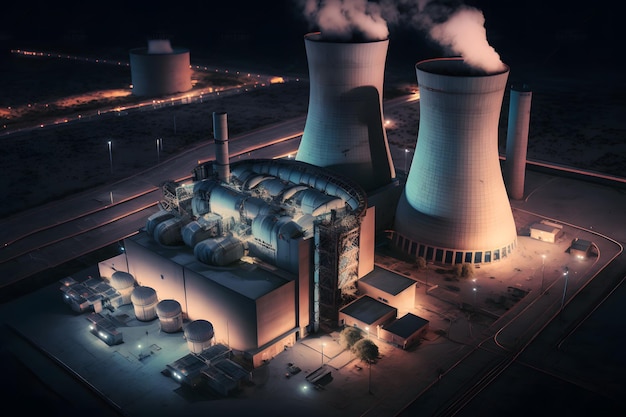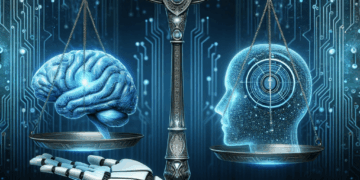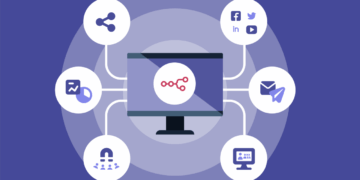In the age of rapidly advancing artificial intelligence, the energy demands of AI infrastructure are skyrocketing. Hyperscale data centers—housing billions of GPU cores—consume massive amounts of continuous electricity. Traditional energy sources like coal, natural gas, and intermittent renewables (solar/wind) struggle to meet this growing need. Here’s where nuclear power, especially next-generation designs, steps in to offer clean, reliable, and scalable electricity tailored for AI workloads. This article unpacks the intersection of nuclear energy and AI, exploring why tech giants are building nuclear‑powered data centers, the technology and policy behind this shift, challenges ahead, and what it means for our future.
Why AI Needs Nuclear Energy
A. 24/7 High-Capacity Power
AI data centers operate non-stop. Nuclear plants offer consistent “firm” baseload power with a >92% capacity factor—far surpassing solar (~25%) or wind (~35%).
B. High Energy Density & Small Footprint
A relatively small nuclear plant (1 GW) can power multiple data center campuses, while renewables require much larger land areas.
C. Low Carbon Emissions
Nuclear generation emits virtually zero operational CO₂, aligning with sustainability goals—crucial for companies like Google and Microsoft aiming for 24/7 carbon-free energy.
D. Stable Long-Term Costs
Nuclear energy enjoys cost stability due to predictable fuel and labor costs, which is essential for long-term infrastructure pricing.
Nuclear Tech Innovations Powering AI
A. Small Modular Reactors (SMRs)
SMRs deliver 50–300 MW via modular, factory-built units deployable near data centers. Google, Amazon, and NuScale among others are investing in SMRs.
B. Microreactors & Next-Gen Designs
Compact units (<20 MW) are emerging for edge compute and military sites, offering flexible, secure power.
C. Large-Scale & Legacy Reactors
Projects like rejuvenating Three Mile Island Unit 1 or powering Amarillo’s AI campus with AP-1000 reactors showcase large reactor investment.
Major Tech Companies Embracing Nuclear
A. Microsoft & Three Mile Island
Microsoft signed a 20-year PPA and accelerated reopening to 2027–28.
B. Google & Kairos Power
Google commits to multiple SMRs via Kairos, targeting first deployment by 2030.
C. Amazon & X-Energy
Amazon is teaming with X-Energy to deploy SMRs and huge energy deals ($500M) by 2039.
D. Meta & Constellation
Meta signed a 20-year nuclear PPA starting June 2027 to support sustainability and local economies.
E. Other Players (Oracle, AWS)
Oracle is planning three SMRs for a >1 GW AI campus; AWS, Facebook, and other hyperscalers are exploring similar paths .
National Policy & Economic Drivers
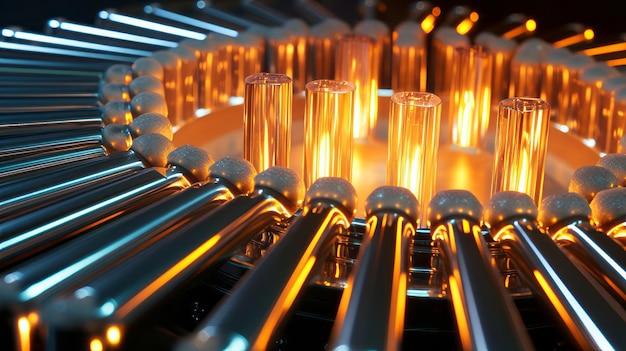
A. Streamlined Regulation & Licensing
Trump-era reforms are speeding up NRC approvals and incentivizing nuclear for AI infrastructure
B. Public Funding & Private Investment
Government grants and private capital (e.g., Rick Perry’s Fermi America project near Amarillo) are accelerating nuclear‑powered AI campuses.
C. Grid Reliability & Energy Security
With AI infrastructure projected to consume 9–12% of US electricity by 2030, nuclear ensures grid stability
D. Workforce and Innovation Boost
AI supports nuclear plant efficiency and staffing via tools like PRO-AID, helping mitigate an aging worker base.
Challenges and Considerations
A. Long Construction Timelines
New large reactors often take years to build; SMRs promise faster deployment but still need scaling.
B. High Capital Costs
Nuclear infrastructure remains expensive upfront, though modular build and PPAs help finance them.
C. Regulatory & Permitting Barriers
Certificates of necessity, utility laws, and metering regulations complicate projects .
D. Waste and Public Perception
Spent fuel storage and public concern demand robust solutions and communications .
E. Integration with Renewables
Nuclear complements—but doesn’t replace—solar & wind. Hybrid energy systems leverage storage and backup .
Implementation Strategies
A. Co‑Locating With Data Centers
Building reactors adjacent to AI campuses minimizes transmission losses and enhances resilience.
B. Signing Long-Term PPAs
Tech companies lock in low-carbon tariffs, reducing volatility and assuring financing .
C. Public-Private Partnerships
Combining federal support and corporate investment (e.g., Fermi America, NY Power Authority) fast-tracks projects .
D. Leveraging AI in Nuclear Ops
Using AI for reactor monitoring, predictive maintenance, and process optimization enhances safety and productivity .
E. Modular & Phased Approaches
Stage deployment—from microreactors to SMRs to larger reactors—based on evolving AI demands.
The Future Outlook
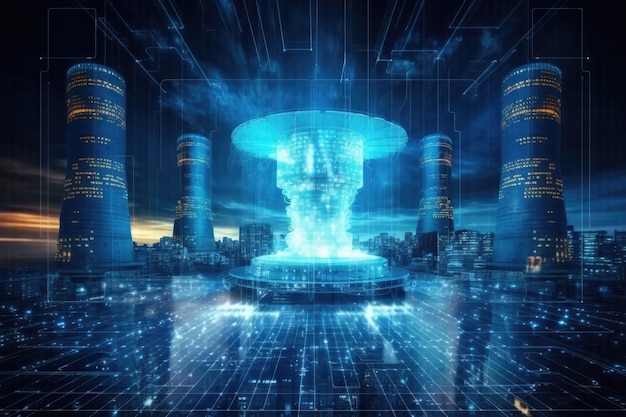
A. 15–30% AI Data Centers Powered by Nuclear
By 2030, roughly 10–15% of AI infrastructure may run on nuclear; some regions could exceed 25%.
B. Fusion and Advanced Reactor R&D
Google’s fusion power deal signals a long-term shift toward even cleaner energy.
C. SMRs Enter Commercial Phase
First SMRs become operational in 2030s; U.S. projects like TerraPower and X-Energy accelerate pace.
D. Global Expansion Beyond U.S.
Countries like UK, Pakistan, Canada adopt SMRs for AI and industrial deployment .
E. AI-Assisted Regulation & Safety
Digital twins and ML models bolster nuclear safety oversight and predictive diagnostics .
Conclusion
The AI energy revolution demands firm, clean, and scalable power—and nuclear energy provides the best solution. Whether through SMRs, legacy reactor reuse, or fusion in the long term, nuclear-generated electricity is emerging as the backbone of AI infrastructure. With major tech companies, policymakers, and investors aligning, we’re witnessing a foundational shift in how AI is powered and scaled. Future data centers may well owe their existence to nuclear reactors—ushering a new era where atomic energy and artificial intelligence grow in harmony.

